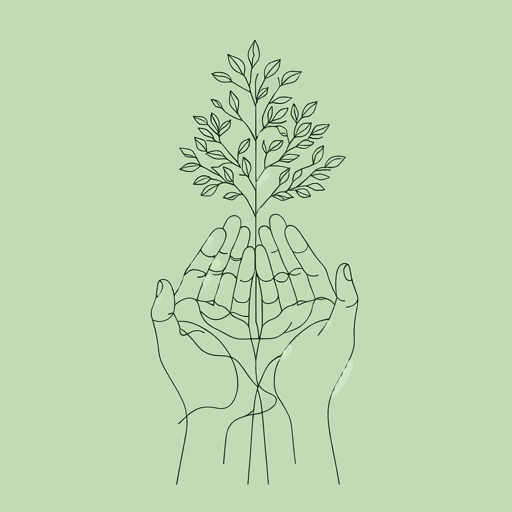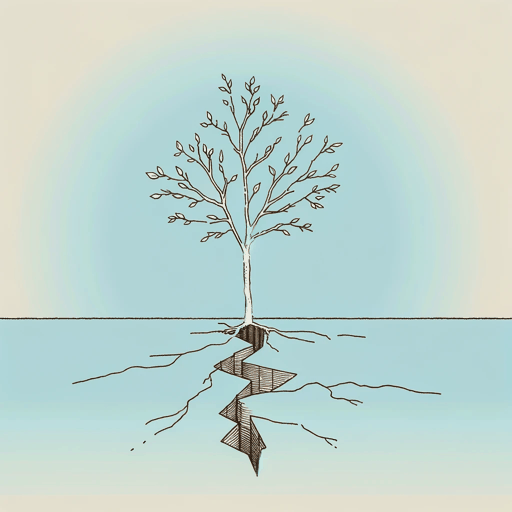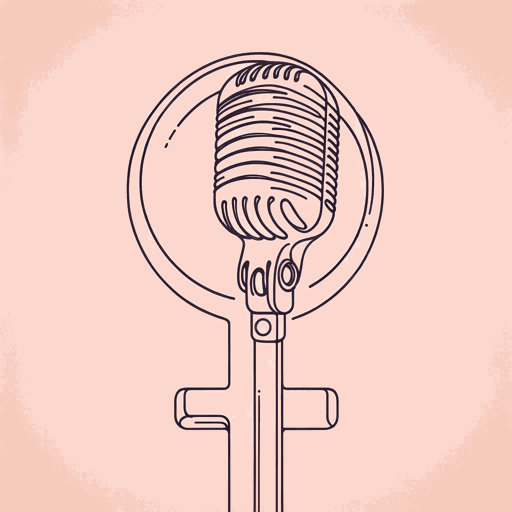51 pages • 1 hour read
Rebecca SolnitA Paradise Built in Hell: The Extraordinary Communities That Arise in Disaster
Nonfiction | Book | Adult | Published in 2009A modern alternative to SparkNotes and CliffsNotes, SuperSummary offers high-quality Study Guides with detailed chapter summaries and analysis of major themes, characters, and more.
Symbols & Motifs
Faith and Religion
From the Prelude to the Epilogue, Solnit references the Bible and other aspects of religion. Even the book’s title references the biblical concepts of Paradise and Hell, two extremes that are shown to exist in earthly ways. The religious references tie Solnit’s narrative together, providing a common language for discussing morality and a shared repertoire of cultural references. By anchoring her arguments in the familiar authority of the Bible, Solnit can convincingly explain her more radical concepts. Furthermore, there is much in the Bible and in religion that speaks to the work for justice, and the parallels between the devout and community-minded disaster survivors are numerous.
In the Prelude, Solnit references the book of Genesis, which includes the creation of the universe, the fall from Eden, and the story of Cain and Abel. She introduces the notion of being our “brother’s keeper”—responsible for each other. Solnit often refers to this idea, which is for her a core requirement for paradise. As she explains, “If I am not my brother’s keeper, then we have been expelled from paradise, a paradise of unbroken solidarities” (13). In paradise, we need to take care of each other and embrace interdependence.
Many figures in the book are deeply religious, and their work on disaster, justice, and human nature is informed by their faith.
Related Titles
By Rebecca Solnit






